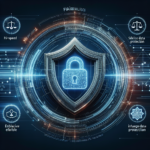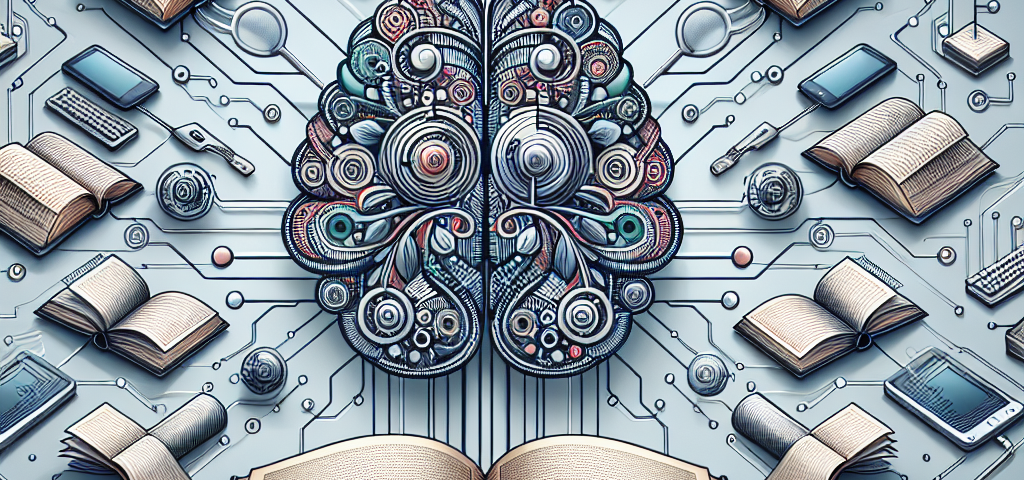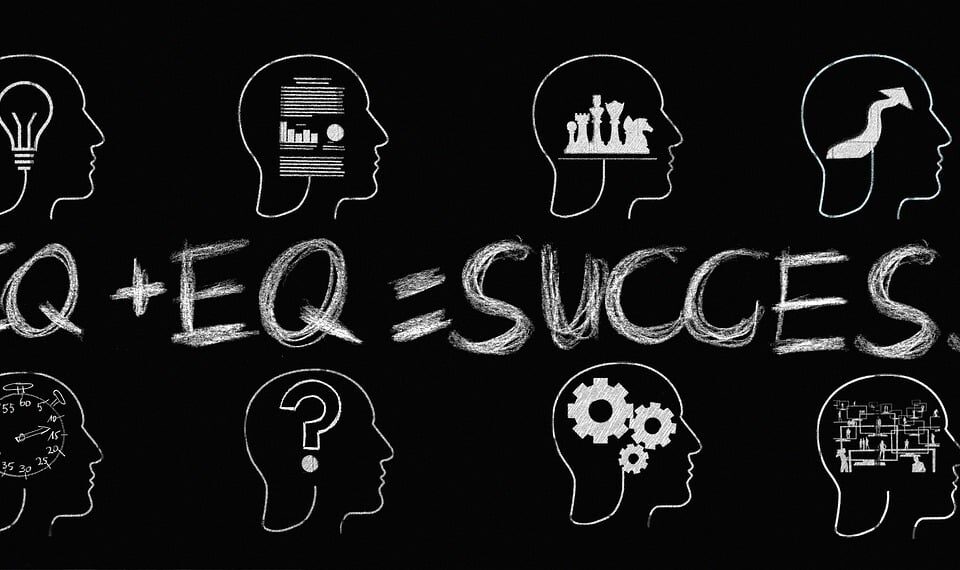
The Application of AI in Fraud Detection within Fintech
January 5, 2025
From Idea to Market, in Just Three Months…
January 13, 2025Introduction
The new paradigm of education in the age of artificial intelligence is more than a shift in tools—it’s a transformation of the entire learning experience. This vision stems from my direct engagement with AI technologies like ChatGPT and reflects how AI is actively reshaping education systems, roles, and personal learning journeys.
We are entering an era where learning is built upon personalization, creativity, collaboration, and the holistic development of each individual.
Key Dimensions of the New Educational Paradigm
1. From Teacher to Coach (Guide and Mentor)
Educators no longer act as content deliverers. Instead, they become coaches and mentors who nurture personal growth, skills, and intellectual independence.
2. Fully Personalized and Adaptive Learning
AI allows learning paths to be tailored to each student’s style, interests, and pace—making education more engaging and effective.
3. Collaborative Learning and Peer Education
Group-based learning replaces isolated study. Students build teamwork, empathy, and understanding through shared knowledge.
4. Students as Their Own Teachers
When students teach their peers, they gain mastery, communication skills, and deeper comprehension of subjects.
5. Personal Development over Instruction
Education now prioritizes emotional intelligence, critical thinking, creativity, and communication alongside traditional academics.
6. Smart, Stress-Free Assessments
AI-powered exams provide instant feedback and flexible scheduling, eliminating stress and encouraging continuous improvement.
7. Limitless Learning in Time and Space
Learning can now occur anywhere, anytime—removing geographic and time-based limitations and offering 24/7 access to resources.
8. Learning Integrated with Daily Life
Education expands beyond the classroom through hands-on projects, simulations, and educational games, making learning part of life.
9. Advanced Technologies in the Classroom
Technologies like VR, AR, Blockchain, and IoT make learning more immersive, dynamic, and meaningful.
10. Development of Interdisciplinary Skills
Focus on systems thinking, digital literacy, and entrepreneurship equips students to tackle real-world complexity.
11. Self-Learning and Lifelong Learning
AI supports a culture of curiosity, allowing individuals to pursue knowledge continuously—anytime, anywhere.
12. Blending Formal and Informal Learning
Education now includes research, online courses, internships, and extracurriculars—fostering a more well-rounded learner.
13. Boosting Critical Thinking and Problem Solving
Rather than memorizing facts, students develop creativity and resilience through open-ended problem solving.
14. Fostering Responsibility and Self-Management
Students take ownership of their education, developing discipline, autonomy, and intrinsic motivation.
Conclusion
The new paradigm of education in the age of artificial intelligence introduces a flexible, personalized, and growth-centered model. Teachers evolve into supportive mentors, assessments become real-time and stress-free, and learning becomes an ever-present part of life.
AI empowers students to become creative, responsible, and self-directed individuals capable of improving the world around them. This is more than a technological shift—it’s a movement toward a future where education empowers every human potential.
Warm regards,
Mohammad Madani
CEO










